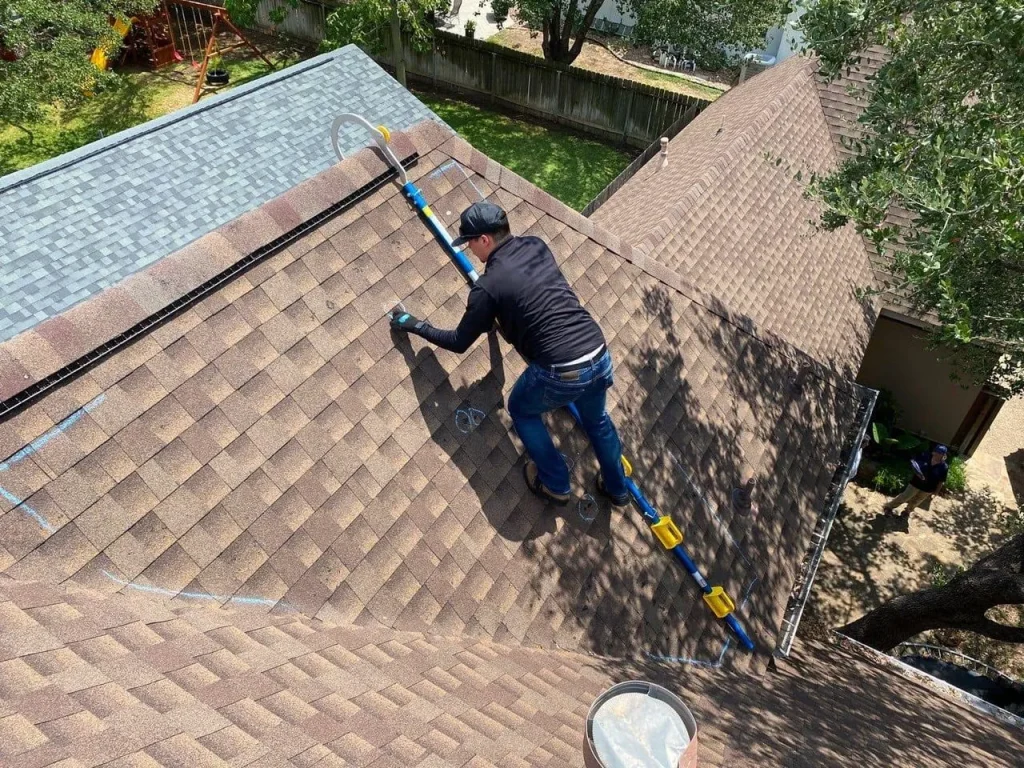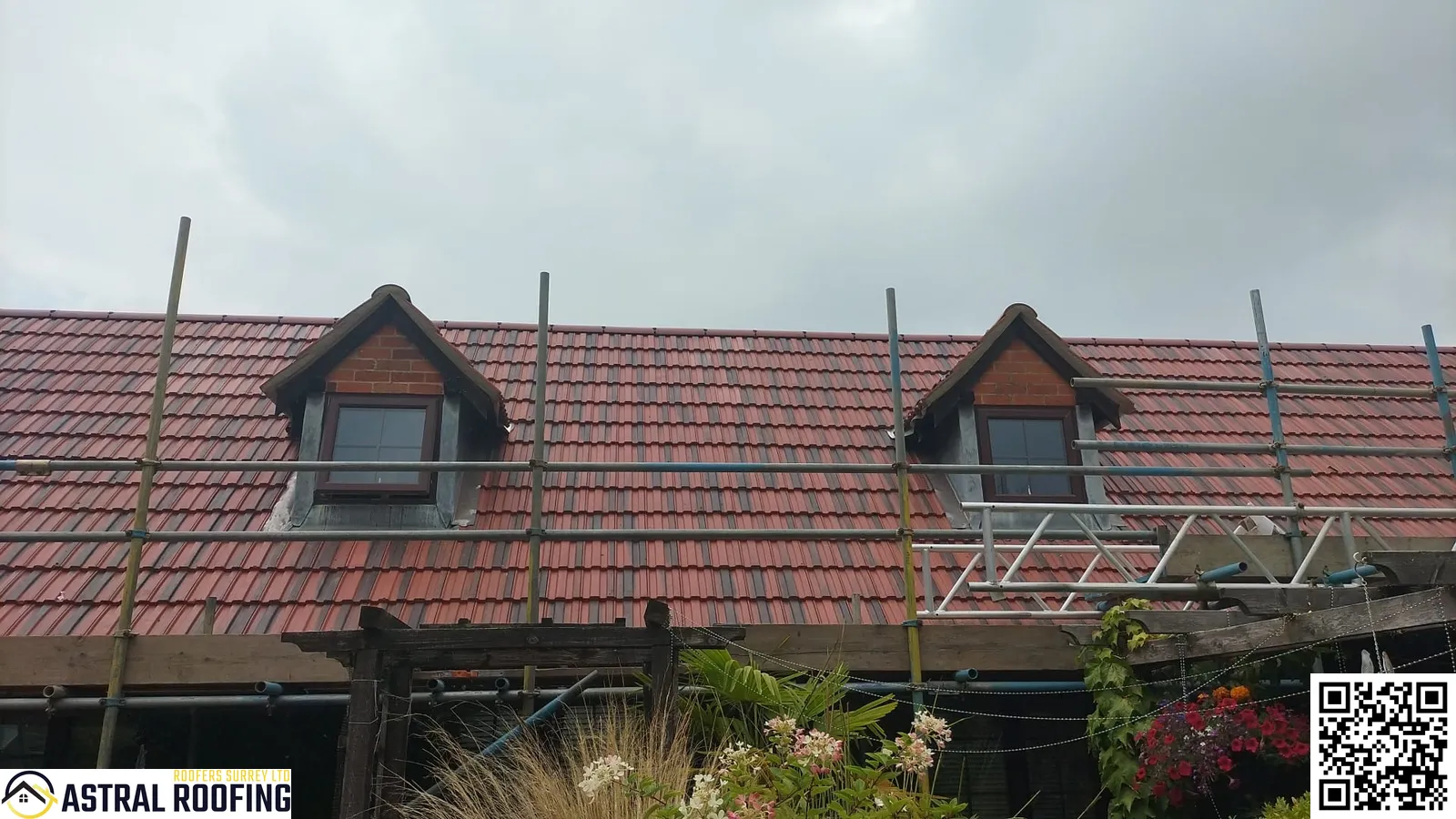When it comes to home maintenance, the roof is often the most overlooked element. After all, who wants to think about what’s going on above their heads? However, understanding the ins and outs of roofing can save you a heap of money in the long run. In this article, we'll dive deep into some common misconceptions surrounding roofs and explore whether you really need a new roof or if roof repairs will suffice.
Top Roofing Myths Debunked: Do You Really Need a New Roof?
Let’s kick things off by addressing the elephant in the room: do you really need a new roof? This question has likely crossed your mind, especially if you've noticed leaks or missing shingles. The truth is, many homeowners jump to conclusions based on myths that have been perpetuated over time.
Understanding Your Roof’s Lifespan
Before diving into the myths, it’s essential to know that every roofing material has its lifespan. Asphalt shingles typically last 15-30 years, while metal roofs can last up to 50 years! If your roof is nearing this age, it might be time for a replacement. But don't panic just yet; not every aging roof needs immediate replacement.
Common Misconceptions About Roof Replacement
1. "All Roofs Need to be Replaced After 20 Years"
One widespread myth is that any roof older than 20 years automatically requires replacement. While it's true that many roofs have a lifespan around this mark, various factors can extend or shorten that timeline.
- Climate: Harsh weather conditions can wear down roofing materials faster. Maintenance: Regular inspections and repairs can prolong your roof's life significantly.
2. "A Leaky Roof Means Total Replacement"
Not necessarily! A leaky roof often indicates localized damage rather than the need for an entire overhaul.
- Spot Repairs: Minor leaks can usually be fixed with targeted repairs. Inspection Required: Always get a professional inspection before assuming full replacement is necessary.
3. "You Can’t Install a New Roof Over an Old One"
This myth suggests that layering new shingles over old ones isn't possible. In reality, many homeowners opt for this method (known as ‘roofing over’) to save costs.
- Building Codes: Ensure local regulations allow for this practice. Structural Integrity: Make sure the existing roof can support another layer.
4. "Roofing Is Only About Aesthetics"
Many people think roofing choices are purely cosmetic. In truth, your choice of roofing material impacts insulation and energy efficiency as well!
- Energy Savings: Materials like metal or tile offer better insulation than asphalt. Resale Value: High-quality roofs can increase your home's market value.
Signs You Might Actually Need a New Roof
So when should you consider a full roof replacement? Here are some tell-tale signs:
Curling or Missing Shingles Water Stains Inside Your Home Moss or Algae Growth Sagging Areas on Your Roof Increased Energy BillsIf you're experiencing any of these issues, it's wise to consult with professionals specializing in roof replacements in Cork for tailored advice.
The Financial Side of Roofing Myths
5. "New Roofs Are Too Expensive"
This myth often prevents homeowners from pursuing necessary work on their roofs due to fears about costs.
- Long-Term Investment: A new roof boosts property value and improves energy efficiency. Financing Options: Many companies offer financing plans—don’t shy away from asking!
6. "Insurance Will Cover Everything"
While homeowner's insurance does cover certain damage, it won't cover normal wear and tear.
- Know Your Policy: Familiarize yourself with what your insurance covers regarding roof repairs and replacements.
DIY vs Professional Help? What’s Better?
Another ongoing debate revolves around whether homeowners should tackle roofing issues themselves or call in professionals.
DIY Projects
Pros:
- Cost savings Cons: Risky if not done correctly May void warranties
Hiring Professionals
Pros:
" width="560" height="315" frameborder="0" allowfullscreen>
- Expertise ensures quality work Cons: Higher upfront costs
In most cases, calling in professionals for significant work involving roof replacements in Cork is advisable—especially if you're unsure about what you're doing.
FAQs About Roofing Myths
Q1: How can I tell if my roof needs replacing?
A1: Look for curling shingles, leaks inside your home, or increased energy bills—these are signs of potential issues needing attention.
Q2: Is it safe to walk on my roof?
A2: Walking on your roof can be risky; it’s best left to professionals unless you’re experienced and know what precautions to take.

Q3: What type of roofing lasts the longest?
A3: Metal roofs Surrey Roofers - Astral Roofing and Building Emergency roof repair Guildford generally last longer than asphalt shingles—sometimes up to 50 years with proper maintenance!

Q4: Can I install a new roof myself?
A4: While DIY projects may save money initially, improper installation could lead to more significant expenses later on.
Q5: How much does a new roof cost?
A5: Costs vary greatly depending on materials and labor but expect anywhere from $5,000 to $30,000 for residential properties!
Q6: Do I need permits for roofing work?
A6: Most municipalities require permits for significant roofing work—always check local regulations before starting any project!
Conclusion
It’s clear there are many myths floating around regarding roofing that can lead homeowners astray when making decisions about their roofs. Equipped with knowledge about these misconceptions—and knowing when it’s time either for roof repairs or full roof replacements—you’ll be better prepared to maintain one of your home’s most crucial components effectively.
Taking care of your home doesn’t always mean jumping straight into major renovations; sometimes all you need is a bit of maintenance here and there! So next time someone mentions needing a brand-new roof after hearing you’ve got some leaks, remember these insights from our discussion on Top Roofing Myths Debunked: Do You Really Need a New Roof?. It could save you both time and money down the road!